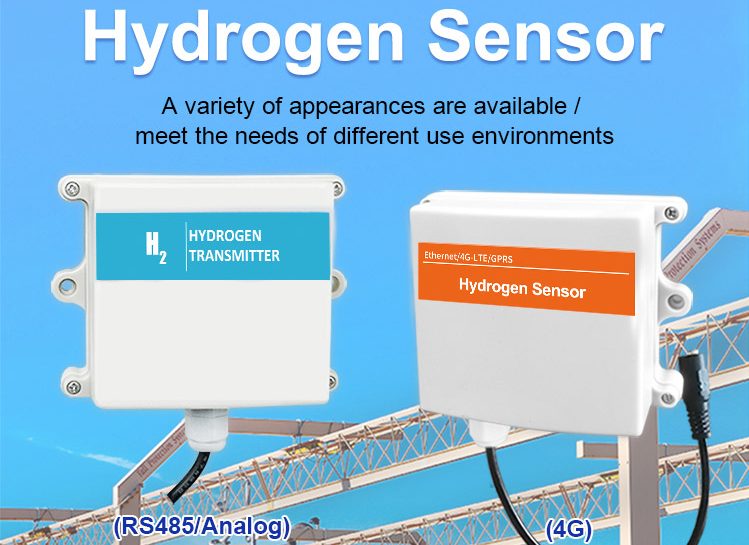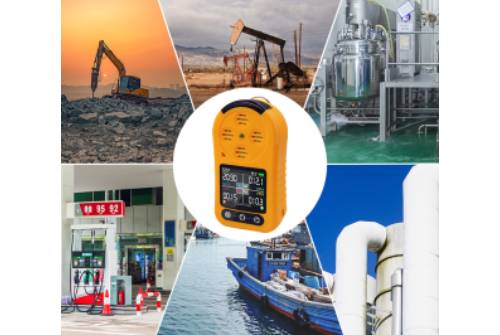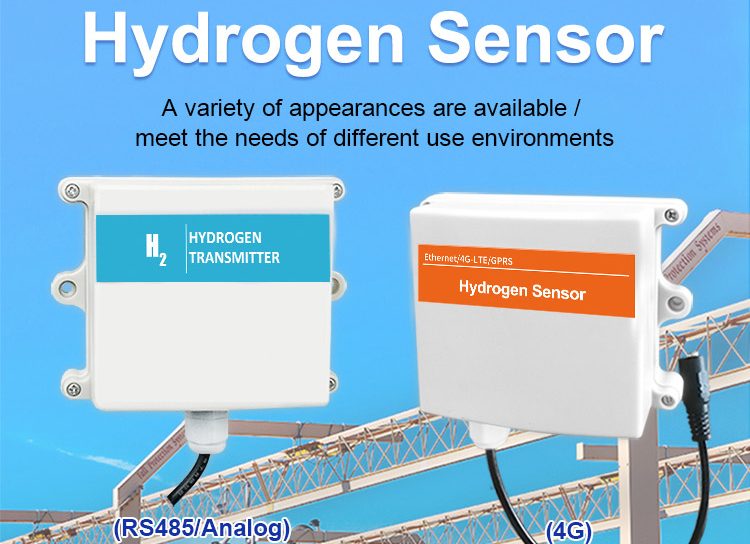The H2 sensor is a crucial component in various industries and applications where the detection and measurement of hydrogen gas is essential. As the central word in this essay, the H2 sensor plays a vital role in ensuring safety, efficiency, and accuracy in numerous processes.

In the field of industrial safety, the H2 sensor is an indispensable tool for preventing accidents and minimizing risks associated with hydrogen leaks. Hydrogen is a highly flammable gas that can cause explosions if it accumulates in high concentrations. Therefore, the H2 sensor is deployed in areas where hydrogen is used or stored, such as petrochemical plants, refineries, and fuel cell systems. The sensor continuously monitors the ambient air for hydrogen concentrations and triggers alarms or shuts down equipment when dangerous levels are detected. By doing so, the H2 sensor actively contributes to protecting lives and assets from potential hazards.

The role of the Hydrogen sensor
Moreover, Hydrogen sensor to actively participate in the industrial production process. In the production of ammonia, for instance, Hydrogen is one of the key raw materials to carefully achieve the best product quality. The H2 sensor is measure the hydrogen concentration in the reactor feed and adjust the flow rates accordingly. This active feedback control mechanism enables operators to maintain the desired process conditions and minimize waste and energy consumption.

Similarly, H2 sensors plays a critical role in the operation of fuel cell vehicles, which rely on hydrogen as a fuel source. The sensor is installed in the fuel cell stack and detects any leaks or malfunctions that could affect the performance and safety of the vehicle. By providing real-time data on the hydrogen supply and demand, H2 sensors enables the fuel cell controller to adjust the power output and ensure efficient energy conversion. Furthermore, the H2 sensor helps to prevent the formation of explosive mixtures inside the fuel cell system by activating ventilation or shutdown mechanisms when necessary.
Applications of the Hydrogen sensor

Beyond industrial applications, H2 gas sensors is also actively in scientific research and environmental monitoring. In laboratories, the H2 sensor is employed to detect and quantify hydrogen emissions from chemical reactions or biological processes. This information is valuable for understanding the underlying mechanisms and optimizing experimental conditions. In the atmosphere, the H2 sensor is used to monitor the levels of hydrogen gas that are naturally produced by geological and biological activities or emitted by human activities such as fossil fuel combustion. By tracking the spatial and temporal variations of hydrogen concentrations, researchers can gain insights into the global carbon cycle, atmospheric chemistry, and climate change.
Overall, H2 sensors is a versatile and powerful device that actively participates in a wide range of applications where hydrogen detection and measurement are critical. Its ability to provide accurate and reliable data in real-time enables operators, engineers, and scientists to make informed decisions, improve efficiency, and ensure safety. As technology advances and new applications emerge, the H2 sensor is expected to continue playing a central role in shaping the future of hydrogen-based technologies and industries.
